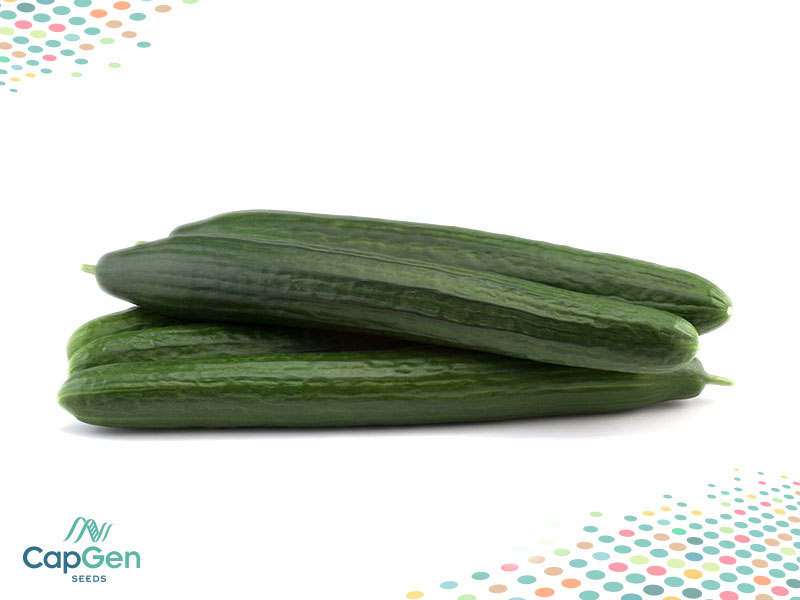How to plant and where to buy Dutch cucumber seeds
31 January 2022
Where to buy Dutch cucumber seeds? The Dutch cucumber is one of the most planted horticultural varieties in Spain, especially in the area of Almeria and Murcia, hence its other name.
This type of cucumber is more valued in the European market, since more than 60% of the Spanish production is destined for consumption outside our country.
This type is longer than the Spanish cucumber (between 30 and 40 cm) and what differentiates it from other varieties is its smooth skin.31 January 2022
Where to buy Dutch cucumber seeds? The Dutch cucumber is one of the most planted horticultural varieties in Spain, especially in the area of Almeria and Murcia, hence its other name.
This type of cucumber is more valued in the European market, since more than 60% of the Spanish production is destined for consumption outside our country.
This type is longer than the Spanish cucumber (between 30 and 40 cm) and what differentiates it from other varieties is its smooth skin.How to grow Dutch cucumber
Here are some tips to follow if you want your Dutch cucumber seeds to bear fruit in the best possible way. If you follow these guidelines you will surely get a good harvest. This variety is capable of producing between 8 and 12 kg/m2 or even more, depending on climatic conditions.
First of all, you should choose a sunny area for transplanting and leave a minimum distance of 45 cm between each plant. It can be planted in any type of soil, as long as it retains moisture well. The Dutch cucumber requires a lot of water due to the size of its leaves and fruits. The soil depth should be at least 40-50 cm.
It requires a lot of water, as its large leaves transpire a lot in the heat. We recommend about 2 or 3 L/h per plant, if temperatures rise above 25ºC the plant should be watered more.



The Dutch cucumber should not be planted in temperatures below 15ºC. It does not tolerate cold well.
- Germination temperature: between 20 and 30 ºC.
- Stem and leaf development temperature: 20 to 30ºC.
- Fruit fattening temperature: Between 15 and 20 ºC.
In areas with warm climates it can be transplanted in greenhouses from February onwards.
In terms of nutrients it is a demanding plant, so it is advisable to work the substrate and soil well. For an area of 1 hectare it is recommended to use approx:
- 400 kg of nitrogen (N)
- 200 kg of phosphorus (P)
- 450 kg of potassium (K)
This plant also needs a lot of calcium, depending on the level of calcium in the irrigation water. It is recommended to use calcium nitrate.

Where to buy Dutch cucumber
We recommend Chencho cucumber seeds, as they can be transplanted between early February and early September. It is recommended for early fall cycles and spring cultivation.
Cucumber Chencho
This variety is especially well adapted to the high temperatures typical of warm climates due to its great setting capacity in these conditions.
Its plant has medium to large leaves with short internodes and one to two fruits per joint. The fruits are dark, shiny and well formed, between 28 and 30 cm long. Continuous and uniform production.
HR Resistances: Ccu
IR Resistances: CVYV
If you are looking for a variety for mid-fall plantings, Pancho cucumber is an excellent variety.
Pancho cucumber
This variety is especially suitable for transplanting in September and October.
Vigorous plant with open habit and short internode. Dark leaf of medium size.
Its fruits are 30-32 cm long, attractive ribbed and dark green in color.
Absence of bottleneck and good pistil closure.
HR Resistances: Ccu
IR Resistances: CVYV
To obtain seeds of these two Dutch cucumber varieties you can contact the commercial team of Capital Genetic (CapGen Seeds).

For more information on how to obtain these seeds, contact Capital Genetic (CapGen Seeds) through their website or social media.

